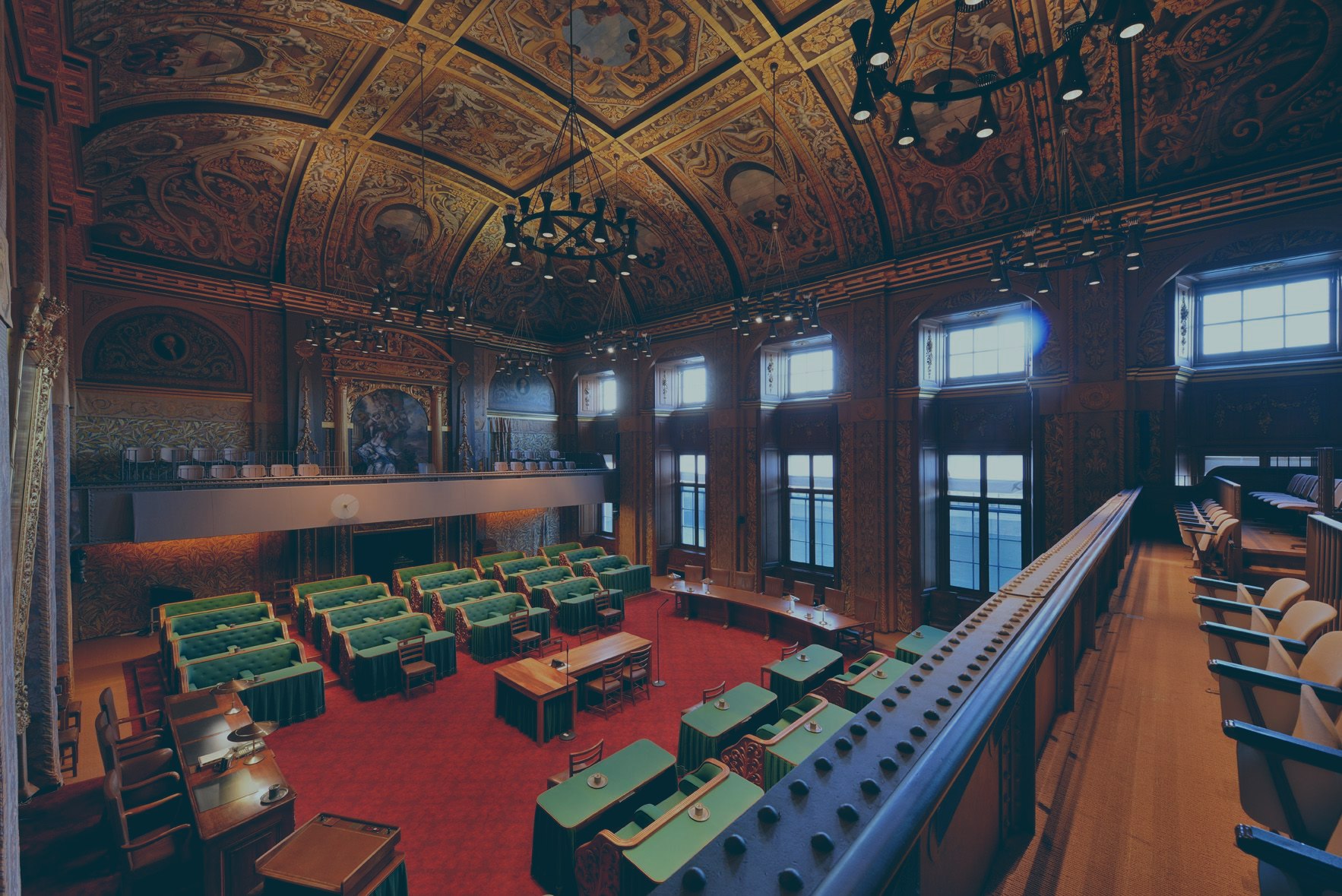Relevant CX and UX developments for the government (1/3)
Author
Susanne van Mulken
Published
13 December 2016
Reading time
3 minutes
Informaat recently highlighted some relevant developments in the context of a tender from the government. We are happy to share these developments in the form of a series of posts. In this first post: 'excellent customer experience essential', 'advancement of customer journeys and service design' and 'innovation, innovation! at the speed of light."
Excellent customer experience is essential
The new reality is increasingly digital. People have access to all kinds of different devices, such as smartphones and tablets, which they use every moment of the day to check their balance, buy music, tweet and do their work. The number of contact moments is growing very strongly. In addition, contacts and interactions are increasingly personalized on the basis of customer data, increasingly tailored to the customer's time and location, and increasingly intelligent. Organizations recognize that they can only be successful if they really put the customer first when defining and realizing their services. And that also means that organizations have to adapt to this. In recent years, we have therefore seen a significant growth in employees in the field of both customer experience (CX) and user experience (UX) in order to give structure to this. Customer experience finds its way to all parts of organizations. From the perspective of citizens, the government is part of the new digital reality. Citizens therefore expect at least a comparable quality of digital services from the government as from others. The government must also meet the high expectations of users and employees, created by others, in all its digital channels. This will only work if thinking and acting in terms of customer experience is structurally embedded in government organisations.
Advance of customer journeys and service design
Many organizations are faced with the challenge of structurally improving their customer experience. They run into barriers such as organizational silos and 'inside-out' thinking. We see that organizations therefore embrace service design as a method to give substance to customer-oriented thinking. Service design stimulates thinking at a strategic level based on the needs of the customer and his customer journey (the 'customer journey'). By working iteratively and in short cycles of visualization, creation and testing with prototypes and real users, you can visualize abstract goals and perform an early reality check on the feasibility of your ambitions. This simplifies and speeds up the decision-making process because stakeholders are more enthusiastic and aligned. The British government has been successfully carrying out service design projects for years to map the behavior of citizens. She processes these insights in GOV.uk, among others. Because of the much sharper picture of the needs of the citizen, she can design the services more simply and yet very accurately. The result is huge savings at their call centers and a customer satisfaction rate of over 90%. Government digitization projects involve major financial investments. This is offset by considerable savings if citizens become more self-reliant thanks to these services. Conditions for self-reliance include a simplification of service provision processes, clear information and accessible interfaces. By analogy with the British government, the Dutch government will also derive many benefits from service design processes because these processes result in faster design, decision-making and development processes (ie lower costs) and higher customer satisfaction.
Innovation, innovation!, at the speed of light
Developments follow each other at an increasing pace. New technology in combination with a real customer focus leads to new innovation approaches that are now often used in small organizations and startups. Large organizations understand that they can only stay relevant if they find an answer to those rapid innovations in their environment. They are therefore increasingly experimenting with internal and external innovation labs and with Agile teams that come up with new services in a multidisciplinary and autonomous manner. But ideation is only the first step; the real value of innovation comes from successful implementation. Hence an increasing focus on 'continuous delivery': a way to quickly determine in practice which new services are viable and also to ensure a continuous and customer-oriented further development of the service. Among other things, the government has set itself the goal of realizing innovative solutions for various issues. This means that innovation for information services is also necessary and must therefore have an important place in the operational management of government organizations. With all the working methods (such as design sprints, minimum viable product approach, creative workshops) that are now available, it all comes down to choosing the right approach, own activities and responsibilities and outsourcing to external parties and relevant coordination.
About the author

Susanne van Mulken
Strategy director
CX Excellence
Government


